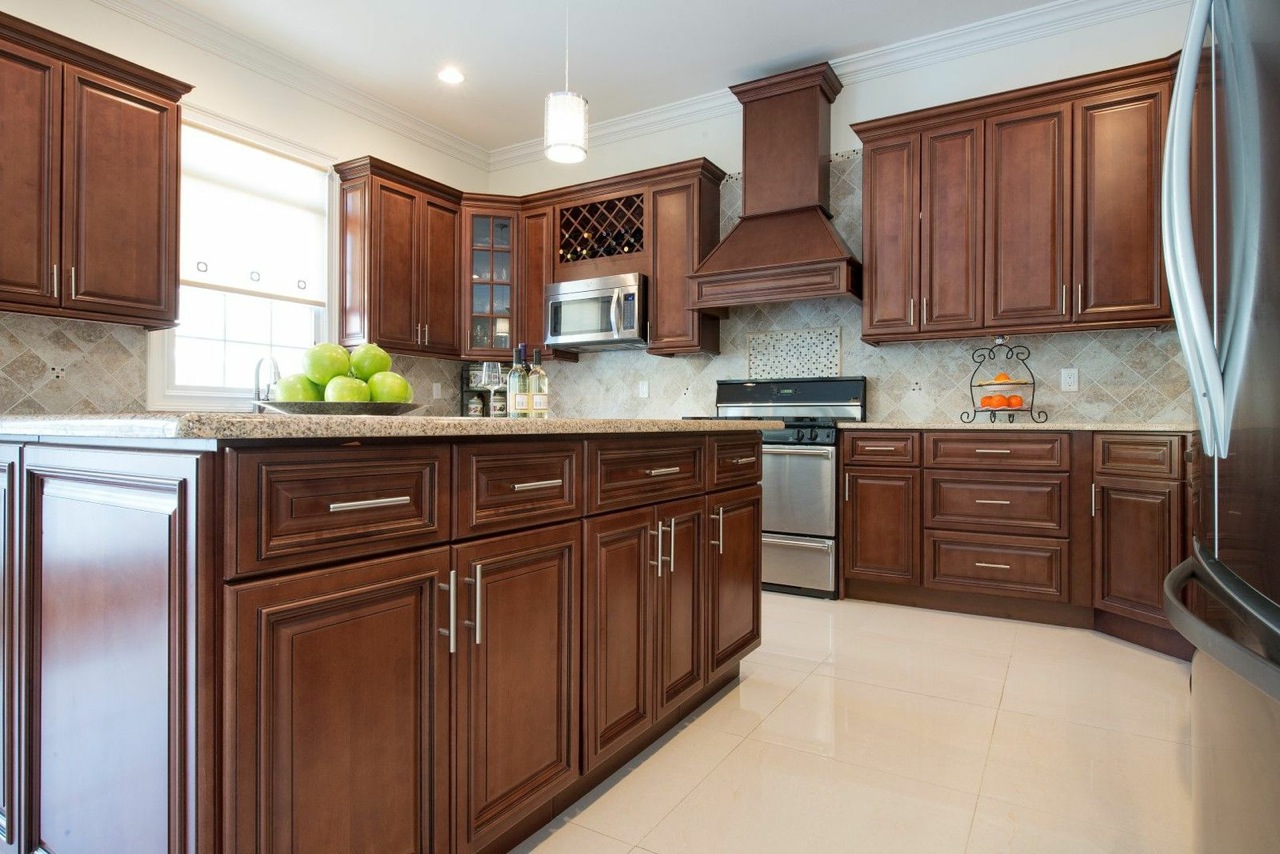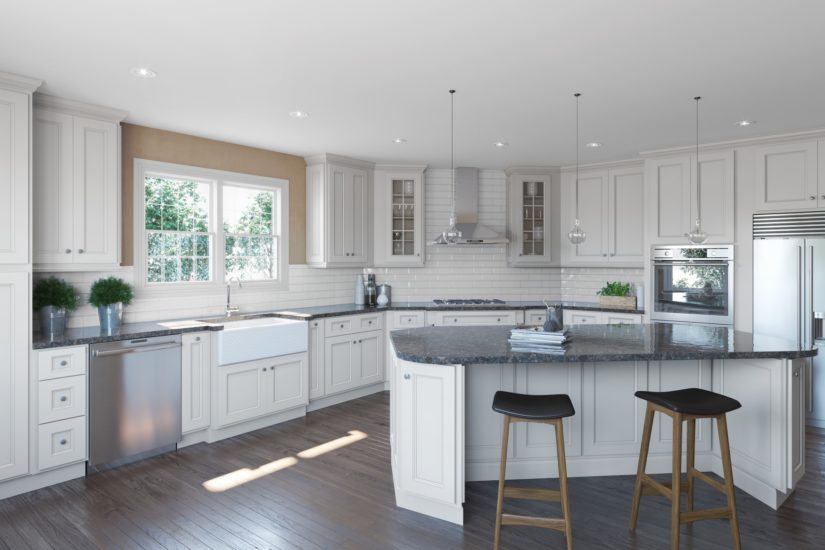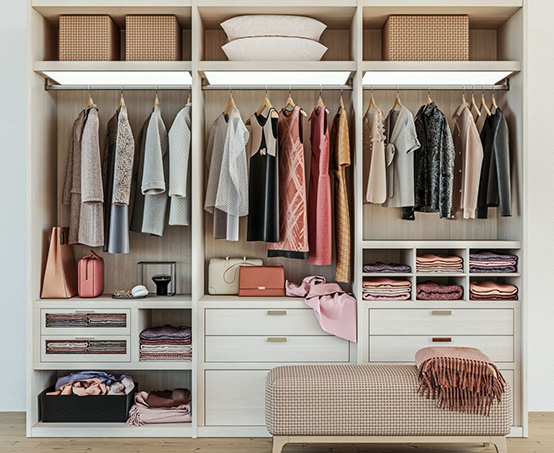When it comes to cabinets, don’t underestimate the importance of hinges. The style and functionality of the hinges you choose for your DIY cabinet remodel will affect the overall appearance, performance and versatility of your cabinets.
Many factors go into choosing the right cabinet door hinges. Before exploring your hinge options, something important to consider is the type of cabinets you have in your home. From there, you’ll want to think about the function, form and style of the cabinet hinge. Luckily, there are countless options on the hinge front.
First, let’s explore frameless and face-frame cabinets.
Frameless Cabinets
Frameless cabinets, sometimes referred to as “full access” cabinetry, offer versatile uses and easy accessibility by eliminating the face frame. Relying on the thicker box construction, frameless cabinets are stable and have full overlay doors, with hinges directly attached to the sides of the cabinet box. The front edge of the cabinet box has an edge treatment that covers the cabinet material.
Face-Frame Cabinets
Face-framed cabinets, also known simply as framed cabinets, have a frame on the front that resembles a flat picture frame attached to the front of the cabinet. The rails and stiles come together to form the “frame.” With face-frame cabinets, the cabinet doors are secured to the frame, giving the cabinet its strength, stability and sturdiness. Framed cabinets attach the door hinges (usually adjustable) to the frame face and shelves.
Next, let’s take a look at five of the most popular hinge options.
#1. Concealed Hinges
Like the name says, concealed hinges are not visible from the outside of the cabinet unless the cabinet is open. Concealed hinges are also referred to as “European hinges.” These are ideal for face-frame cabinets and contemporary, minimalist designs. Concealed hinges work well with both frameless and face-frame cabinets.
#2. Semi-Concealed Hinges
Semi-concealed hinges are partially partly visible from the outside of the cabinet when the door is closed. They may integrate details such as decorative ball tips or finial tips. Semi-concealed hinges are easy to install, making them a popular style choice for many cabinet applications. This type of hinge is ideal for face-frame cabinetry.
#3. Butt Hinge
The butt hinge is by far the most popular and traditional hinge. Comprised of two pivoting plates with interlocking fingers, the hinge forms a barrel, where both parts are held together by a pin. Depending on the style of butt hinge, it may require a mortise in the door and cabinet to prevent a large gap. Butt hinges are ideal for face-frame cabinets.
#4. Wraparound Hinges
Wraparound hinges form together to wrap around the edge of the door and the side or face frame of the cabinet. There are two types of wraparound hinges. The first type is called partial wraparound—it wraps around the door and has a plain flat leaf for the cabinet, making it an excellent choice for frameless cabinets. The second type, full or back-to-back wraparound hinges, will wrap around on both halves of the hinge, making this a perfect choice for face-frame cabinets.
#5. Non-Mortise Hinges
Non-mortise hinges are thinner than standard hinges; they are surface-mounted and screw directly into both the cabinet and the door without significant recesses cut into the surfaces. They do not require cuts to be made in the wood to install the hinge. Non-mortise hinges work well with frameless cabinets.
No matter what type of hinge you choose, each of these options is an excellent choice that’s sure to complement your ready-to-assemble kitchen cabinets.




